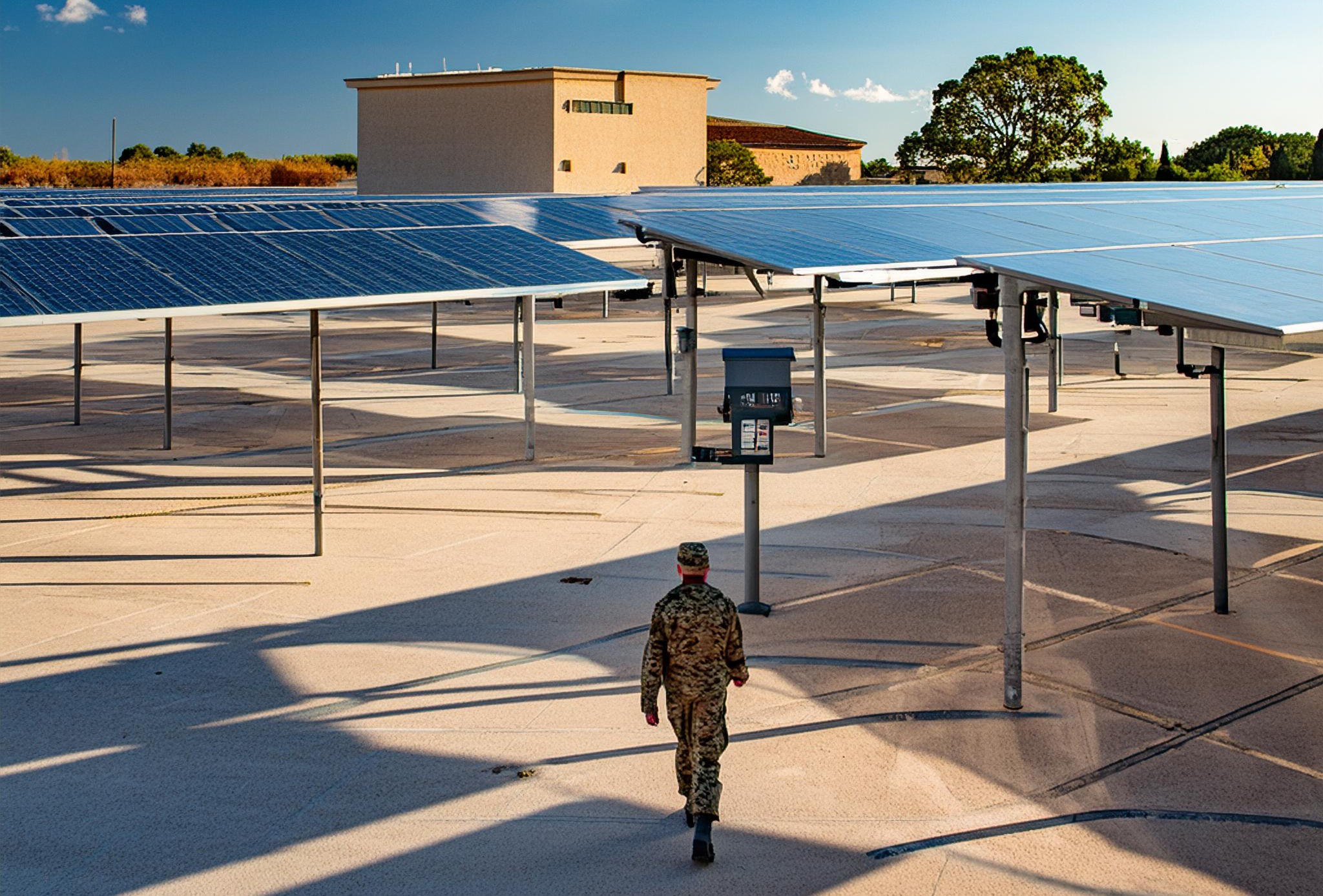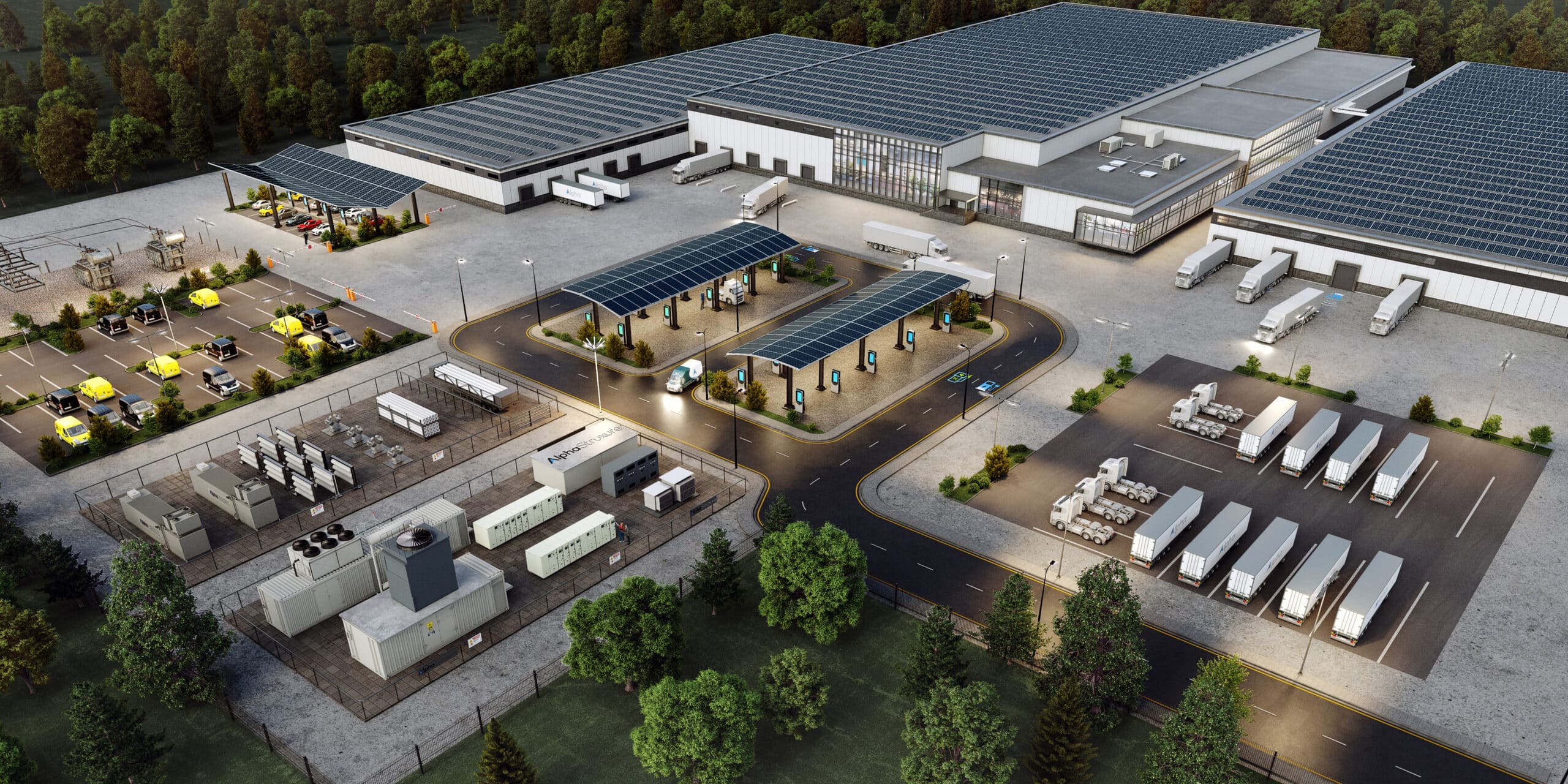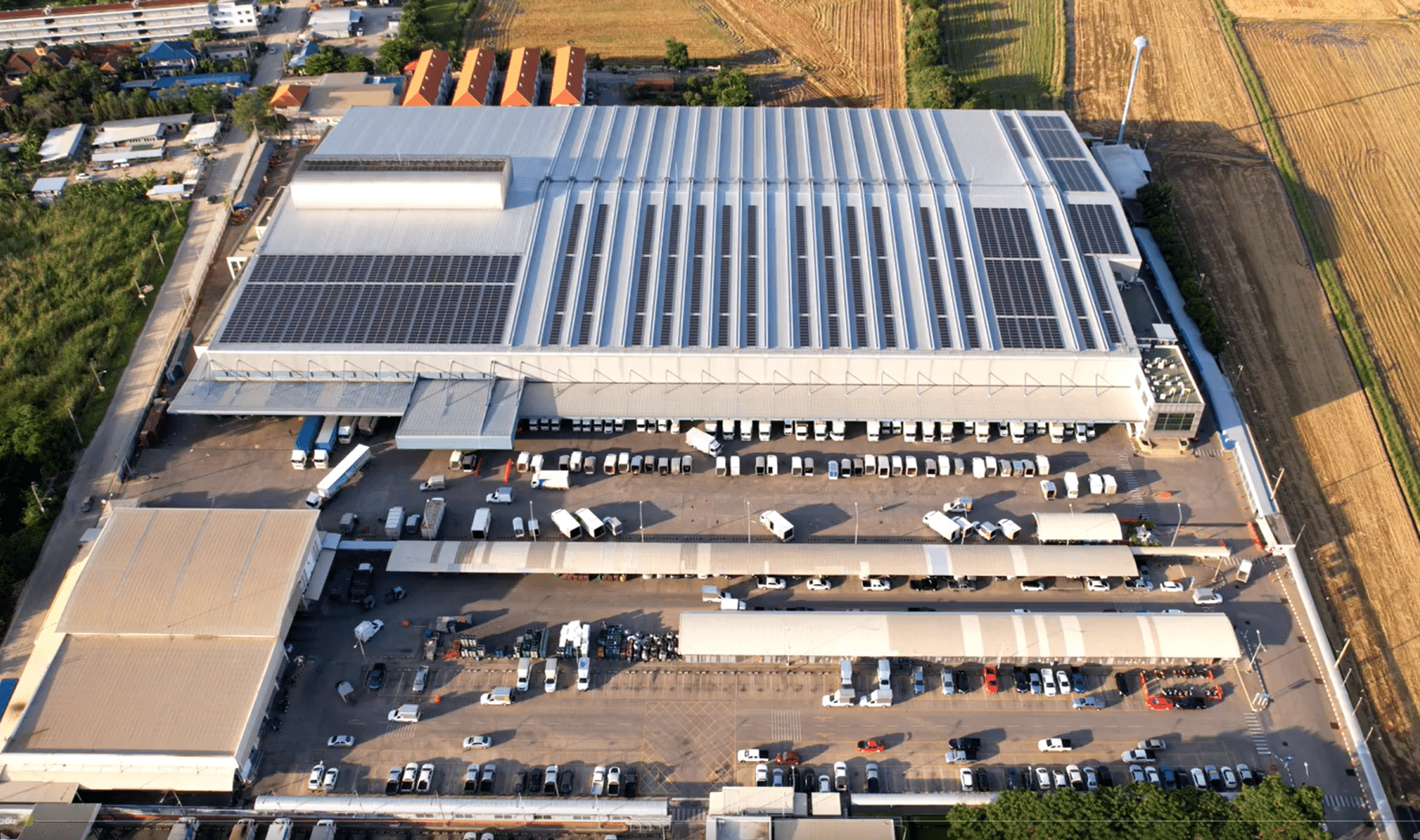This year’s wildfire season has been outpacing the 2020 season, which until now was the largest season in the state’s recorded history. Since January, more than 7,000 wildfires have burned more than 1.7 million acres of land across the state. The Dixie Fire, east of Chico, is suspected by Pacific Gas & Electric to have been caused by tree contact with transmission lines in drought conditions, has been blazing since July as the Caldor Fire just a few hours away in the Tahoe region grows increasingly out of control. Closer to home, San Diego and Riverside County fire departments have been battling the Chaparral Fire since last weekend.
Power lines have been blamed for about half of the most destructive wildfires in state history, according to the California Public Utilities Commission. To remedy this, utilities implement public safety power shutoffs, but they’re disruptive and costly and pose considerable risk to public health and safety. While direct costs associated with utility outages may reach $2.5 billion, according to some estimates, a UC Irvine study found that indirect losses associated with burned infrastructure, health impacts and supply chain disruptions can reach hundreds of billions.
Although helpful in stopping fires, the practice of safety shutoffs is at direct odds with the state’s planned investment in building a “22nd century grid” and must only be considered a temporary, last-ditch solution.
Microgrids, meanwhile, are an attractive means for strengthening resilience and reliability because they harness a diverse supply of fuel from renewables, energy storage and advanced technologies. A microgrid at Marine Corps Air Station Miramar in San Diego, for example, kept the power on for nearly 2,000 homes last August when a heat wave caused rolling blackouts. Yet despite advancements in technology and improved economics that make microgrids a viable solution, outdated utility regulations hinder their widespread deployment.
At the start of the year, the Public Utilities Commission authorized the Microgrid Incentive Program, which includes $200 million for clean energy microgrids to support vulnerable communities impacted by grid outages. The program signals evolving support towards a more favorable regulatory environment, but eligibility is limited and does not extend to commercial firms or industrial entities also looking to fortify their operations.
Public Utilities Commission efforts thus far primarily benefit the state’s investor-owned utilities. There are many uncertainties around rules for interconnection, permitting and financial incentives that, left unaddressed, will slow commercialization and impede the state’s climate goals.
Businesses in California that are interested in microgrids need assurances they can be interconnected and commissioned quickly, without undue hurdles, and that they can leverage available tax rebates.
In Long Beach, for example, a Southern California Edison rule that prevents private microgrid operators from selling electricity from energy storage units nearly threatened the successful deployment of a $5.2 million microgrid project that will deliver clean and reliable energy to one of the nation’s busiest ports — supporting over 2.6 million American jobs and contributing $206 billion in annual gross domestic product.
The Public Utilities Commission maintains the rules are intended to protect the safety and reliability of distribution and transmission lines, but microgrids are, ironically, the most reliable piece of equipment in the mix. Moreover, utilities’ ability to impose a “tax” on third-party access to the grid threatens to deter the broader development of decentralized energy infrastructure, which is key to the state’s energy resilience
The private sector is ready to invest in California’s energy transition, but the state’s regulatory environment is outdated and favors over-building utility infrastructure. To achieve the climate and resilience goals laid out in Gov. Gavin Newsom’s California Comeback Plan will require the state to embrace a new energy ecosystem capable of meeting energy needs for the entire state.
Energy-as-a-Service business models, for example, are similar to Power Purchase Agreements and offer an attractive path forward. Rather than contracting off-site renewable energy, however, the contract supports the deployment and operation of a resilient and clean microgrid on-site at a business or community.
With catastrophic wildfire seasons now the norm, there’s little time to lose. The Public Utilities Commission must take bolder action to loosen restrictions and foster productive public-private partnerships that will keep the lights on for all residents of the state.




